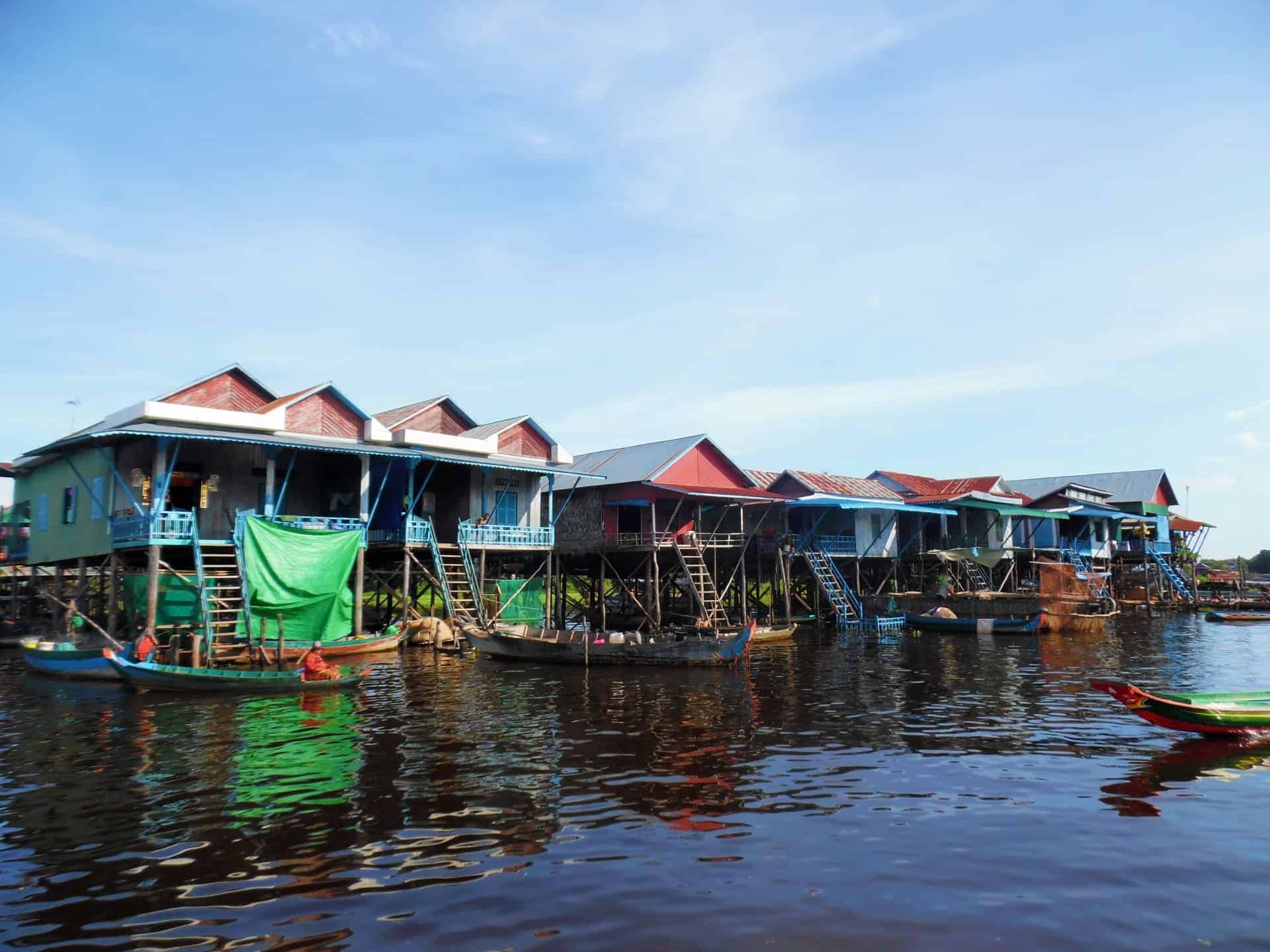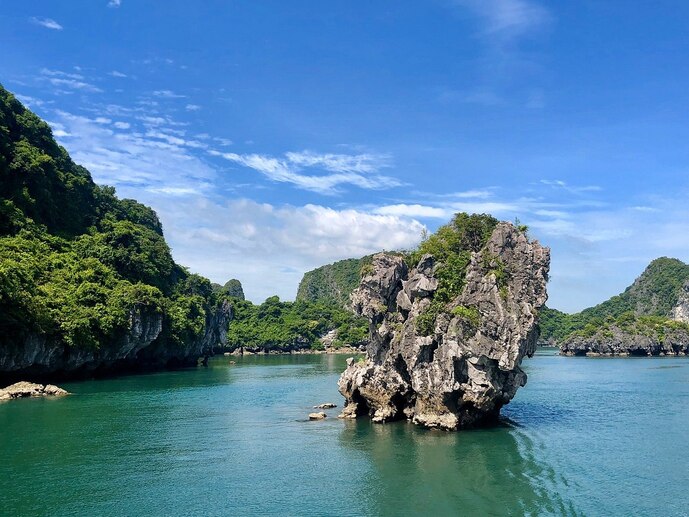Today, enjoy a historical and cultural insight into the rich architectural history of the majestic UNESCO World Heritage Town of Luang Prabang with an expert who lives in Laos for more than 20 years.
This morning go on a city tour with Francis Engelmann and learn about four different types of buildings categorised by UNESCO. The first one is the traditional Lao house which is made from tropical hardwood or bamboo and built on stilts. The second is a half wood and half cement house built after the arrival of the French. The third is the traditional French colonial building that are similar to those found in Vietnam and Cambodia. The last form of architecture is an old Chinese shop houses that were built to be used for both commercial and residential purposes.
Enjoy a selection of local favourites at one of the best Lao restaurants in town, Tamarind (Note: closed on Sundays).
Then be driven through the Luang Prabang countryside to Kuang Si Waterfalls. Along the way, drive through beautiful landscapes of rice fields, hills, and small villages. There are also viewpoints overlooking the Mekong River.
Stop en-route to visit a small village which is home to one of the area’s many ethnic minorities. Have an opportunity to learn about their traditions and culture, much of which has remained unchanged for centuries.
Upon reaching Kuang Si Waterfall, relax and enjoy the beautiful natural surroundings. The jungle and dense woods surrounding the falls is perfect for exploring on foot. For the adventurous, it is possible to walk to the top of the falls via a steep track where stunning views await.
These waterfalls cascade down a multilevel limestone formation creating a series of turquoise blue pools perfect for swimming in on a hot day (Note: when bathing please be respectful, wear a sarong and be careful not to show too much skin).
Before leaving, there is an option to visit the bear sanctuary which is next to the falls, run by Free The Bears Fund Inc. There are currently 23 Asiatic Black Bears living in the sanctuary, which has saved them from poaching. The main threat to these bears is poaching due to the use of their bile in Chinese medicine. Read about their habits and observe their playful nature, whilst learning about the difficulties they are facing.
On the way back to Luang Prabang, stop at the Kuang Si Butterfly Park to visit the beautiful garden filled with hundreds of Laos’s butterflies! (Note: closed on Tuesday)
Overnight in Luang Prabang.



































